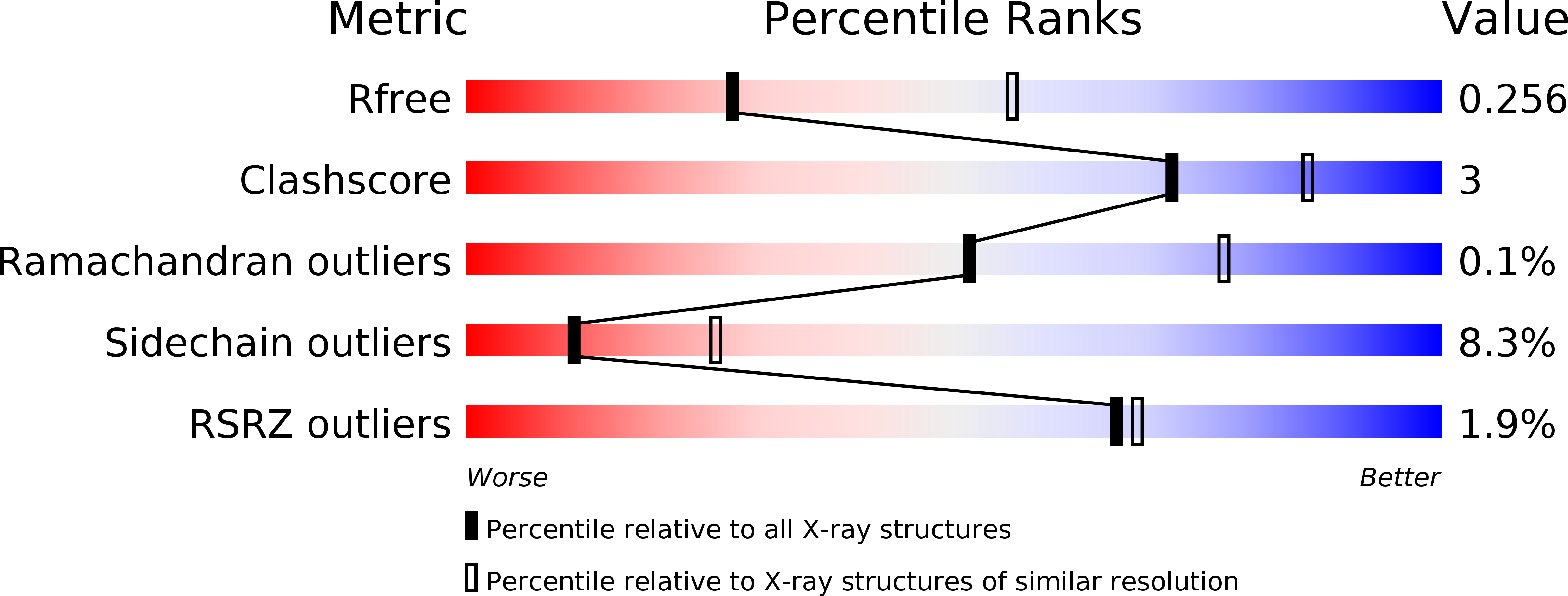
Deposition Date
2011-11-21
Release Date
2012-08-29
Last Version Date
2024-11-20
Entry Detail
PDB ID:
3UQZ
Keywords:
Title:
X-ray structure of DNA processing protein A (DprA) from Streptococcus pneumoniae
Biological Source:
Source Organism:
Streptococcus pneumoniae (Taxon ID: 1313)
Host Organism:
Method Details:
Experimental Method:
Resolution:
2.70 Å
R-Value Free:
0.24
R-Value Work:
0.21
R-Value Observed:
0.22
Space Group:
I 41 2 2


